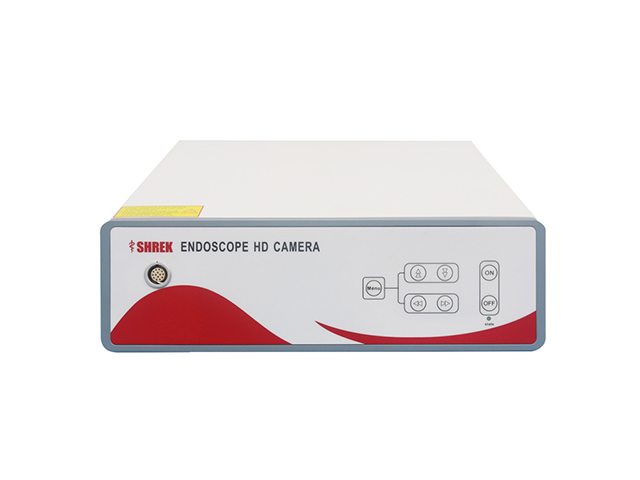SHREK NEWS
What is an electronic endoscope?Difference between optical endoscope and electronic endoscope
An electronic endoscope is a type of medical instrument that is used to examine internal organs and tissues in the human body. It consists of a long, flexible tube that is inserted into the body through a natural opening, such as the mouth, anus, or nostril. The tube is equipped with a miniature camera and a light source, which transmit real-time images of the internal organs and tissues to a monitor.
Electronic endoscopes are commonly used in various medical procedures, such as gastroenterology, urology, gynecology, and pulmonology. They can be used to diagnose and treat various conditions, including cancer, ulcers, polyps, and blockages. In addition to the camera and light source, electronic endoscopes may also include other tools, such as forceps, scissors, and biopsy needles, that can be used to perform minimally invasive procedures.
Electronic endoscopes offer several advantages over traditional diagnostic procedures, such as X-rays and CT scans. They allow for direct visualization of the internal organs and tissues, which can lead to more accurate diagnoses and more precise treatments. Additionally, they are less invasive than traditional procedures, which can reduce the risk of complications and shorten recovery times. However, electronic endoscopes require specialized training and can be more expensive than traditional procedures.
The main difference between an optical endoscope and an electronic endoscope is the way they produce images. Here are some key differences between the two:
Image production: Optical endoscopes use a system of lenses and optical fibers to produce an image, while electronic endoscopes use a camera chip and digital processing to produce an image.
Image quality: Optical endoscopes generally produce lower quality images compared to electronic endoscopes. Electronic endoscopes can produce high-definition images with better color accuracy and detail.
Flexibility: Optical endoscopes are typically more flexible and maneuverable than electronic endoscopes. This makes them better suited for use in narrow, curved or hard-to-reach areas.
Size: Optical endoscopes are typically smaller than electronic endoscopes due to the need for less internal electronics. This makes them easier to handle and can be used for smaller procedures.
Maintenance: Optical endoscopes are relatively easier to maintain and repair as they do not have as many electronic components as electronic endoscopes.
In summary, optical endoscopes and electronic endoscopes differ in how they produce images. Optical endoscopes use a system of lenses and optical fibers, while electronic endoscopes use digital processing to produce high-definition images. Optical endoscopes are generally more flexible and smaller, while electronic endoscopes offer better image quality and color accuracy. The choice of endoscope depends on the specific needs of the procedure, the type of imaging required, and the area of the body being examined.




